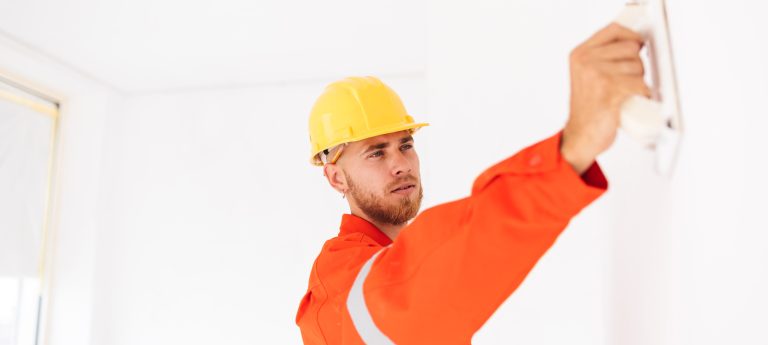Drywall, those ubiquitous wall panels forming the foundation of most modern homes, are remarkably resilient. Yet, even the most durable drywall can succumb to wear and tear, accidental bumps, or water damage.
The sight of a gaping hole or unsightly crack in your drywall can be disheartening. But don’t despair! Drywall repair services are readily available to restore your walls to their pristine glory.
This comprehensive guide empowers you with the knowledge you need to navigate the world of drywall repair services. We’ll delve into common drywall issues, the repair process, factors to consider when hiring a professional, and tips to ensure a smooth and successful repair experience.
Common Drywall Problems: Cracks, Holes, and Beyond
Drywall can experience a variety of issues, some minor and some requiring professional attention. Here’s a breakdown of some common drywall problems you might encounter:
- Cracks: Hairline cracks are often caused by the settling of the house or minor shrinkage of the drywall mud. However, larger cracks could indicate foundation issues or structural problems requiring professional evaluation.
- Holes: Holes can arise from various causes, like accidental bumps, misplaced nails, or plumbing leaks. The size and severity of the hole will determine the repair approach.
- Water Damage: Water damage can cause warping, bubbling, and mold growth on drywall. Prompt action is crucial to address water damage, potentially involving drywall removal and replacement.
The Drywall Repair Process: A Glimpse Behind the Scenes
The drywall repair process typically involves several steps, although specific approaches may vary depending on the nature of the damage. Here’s a general overview:
- Assessment: A drywall repair professional will assess the damage, determine the cause (if possible), and recommend the most suitable repair approach.
- Preparation: This involves removing furniture and protecting surrounding areas from dust and debris. The repair technician will then prepare the damaged area by cutting away loose drywall or removing damaged sections.
- Patching or Replacing: Depending on the hole size, the technician will patch the area with drywall mesh and joint compound or replace the damaged section with a new drywall sheet.
- Finishing Touches: After the patch or replacement dries and sets, the technician will apply multiple coats of joint compound, sanding between each coat to create a smooth and seamless finish.
- Painting (Optional): Once the repair is complete and sanded smooth, the professional may offer painting services to match the existing wall paint color.
Pro Tip: Don’t hesitate to ask questions! Reputable drywall repair professional will gladly explain the repair process and address any concerns you might have.
Finding the Right Drywall Repair Professional: Key Considerations
Choosing the right drywall repair professional ensures a high-quality, long-lasting repair. Here are some key factors to consider:
- Experience and Qualifications: Look for a professional with experience in repairing the specific type of drywall damage you’re facing.
- Licensing and Insurance: Ensure the professional is licensed and insured to operate in your area.
- Estimates and Warranties: Get written estimates from multiple companies and inquire about warranties offered on their work.
- Communication and Customer Service: Choose a responsive professional, who communicates clearly, and addresses your questions and concerns with courtesy.
Drywall repair services can breathe new life into your walls, restoring their functionality and aesthetics.
